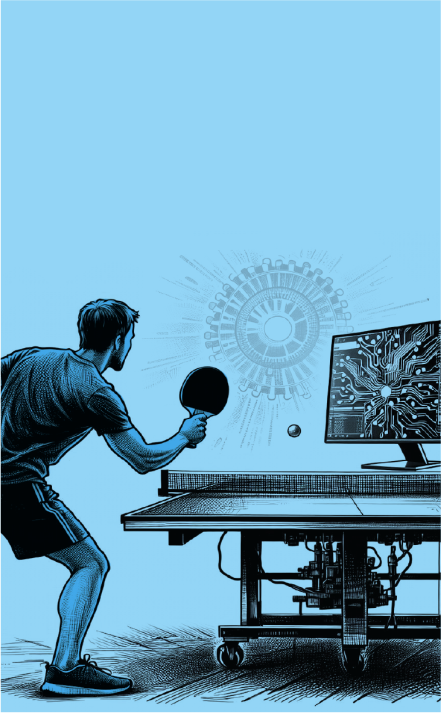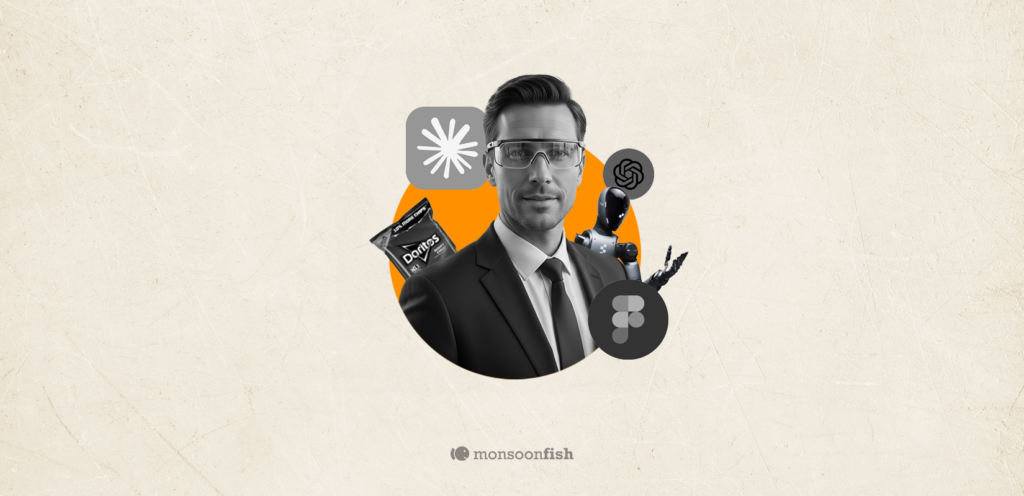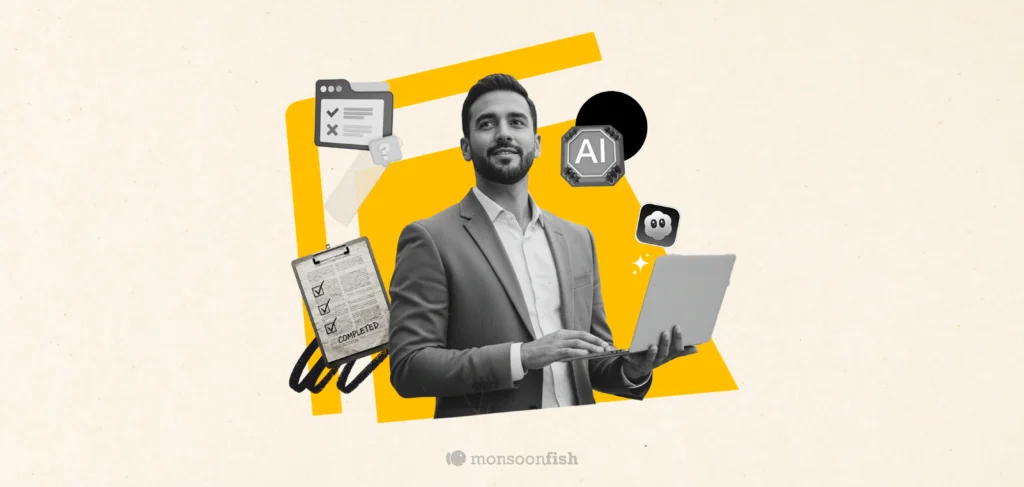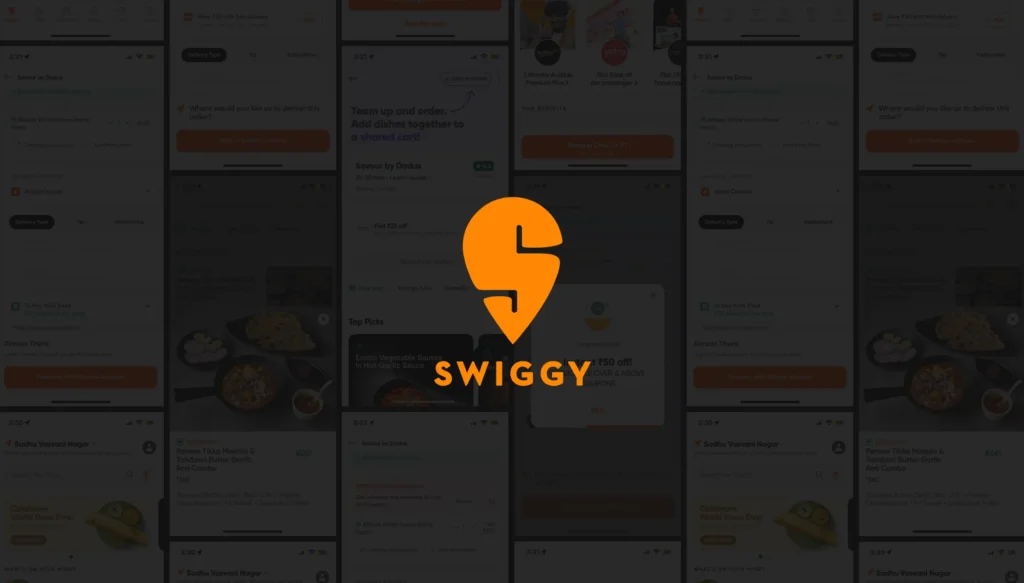Doherty Threshold
Users perceive a system’s response as instantaneous if it’s within 400 milliseconds (ms).

Doherty Threshold
When a young entrepreneur named Arjun launched a food delivery app called QuickBite, his goal was clear —to provide the fastest and most convenient way for customers to order meals from their favorite restaurants.
Excited about his app’s sleek design and wide restaurant options, Arjun expected it to be an instant hit. But soon after launch, he started receiving complaints—customers were abandoning their orders midway, and restaurant partners were reporting fewer orders than expected.
Curious to understand what was going wrong, Arjun decided to try the app himself. He tapped to browse menus, selected items, and proceeded to checkout—only to find himself staring at a spinning loader for several seconds before moving to the next step. Even though the app eventually completed the order, the wait felt longer than it should, making him impatient and frustrated.
Determined to fix the issue, Arjun consulted a UX expert, who explained, “People expect instant feedback when they interact with technology. If your app takes too long to respond, they lose patience and interest. Ideally, actions should process within 400 milliseconds—or match their pace—to keep them engaged.”
Putting this expert insight into action, Arjun worked with his development team to optimize the app’s performance. They streamlined server responses, added subtle loading animations, and provided instant feedback such as confirmation messages and visual cues when actions were being processed.
The results were immediate. Users now felt like the app was responding instantly, making it easier and more enjoyable to order food. Along with the customer satisfaction score, the order completion rates also improved, and QuickBite became the go-to food delivery app in town.
When systems respond at the speed users expect, they feel in control and engaged. Even the smallest delays can impact their experience.
The Doherty Threshold states that for users to feel like a system is responding instantly, it should provide feedback within 400 milliseconds of their action. Any delay beyond this makes the system feel slow and frustrating. Whether designing a website or app, ensuring fast responses—or keeping users engaged with visual feedback—enhances their experience and encourages continued interaction. Speed isn’t just a feature; it’s an expectation.
Contents
CATEGORIES

























